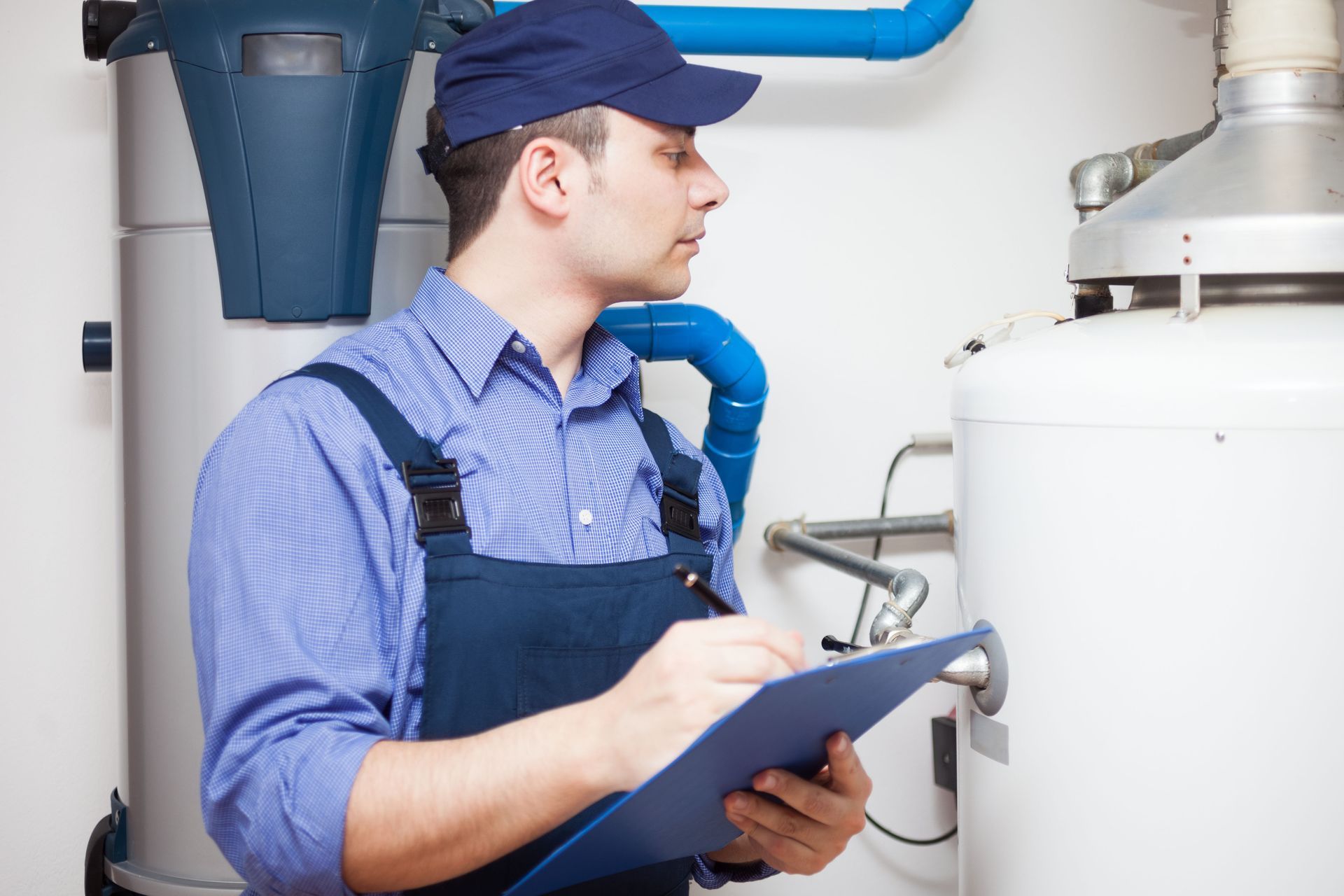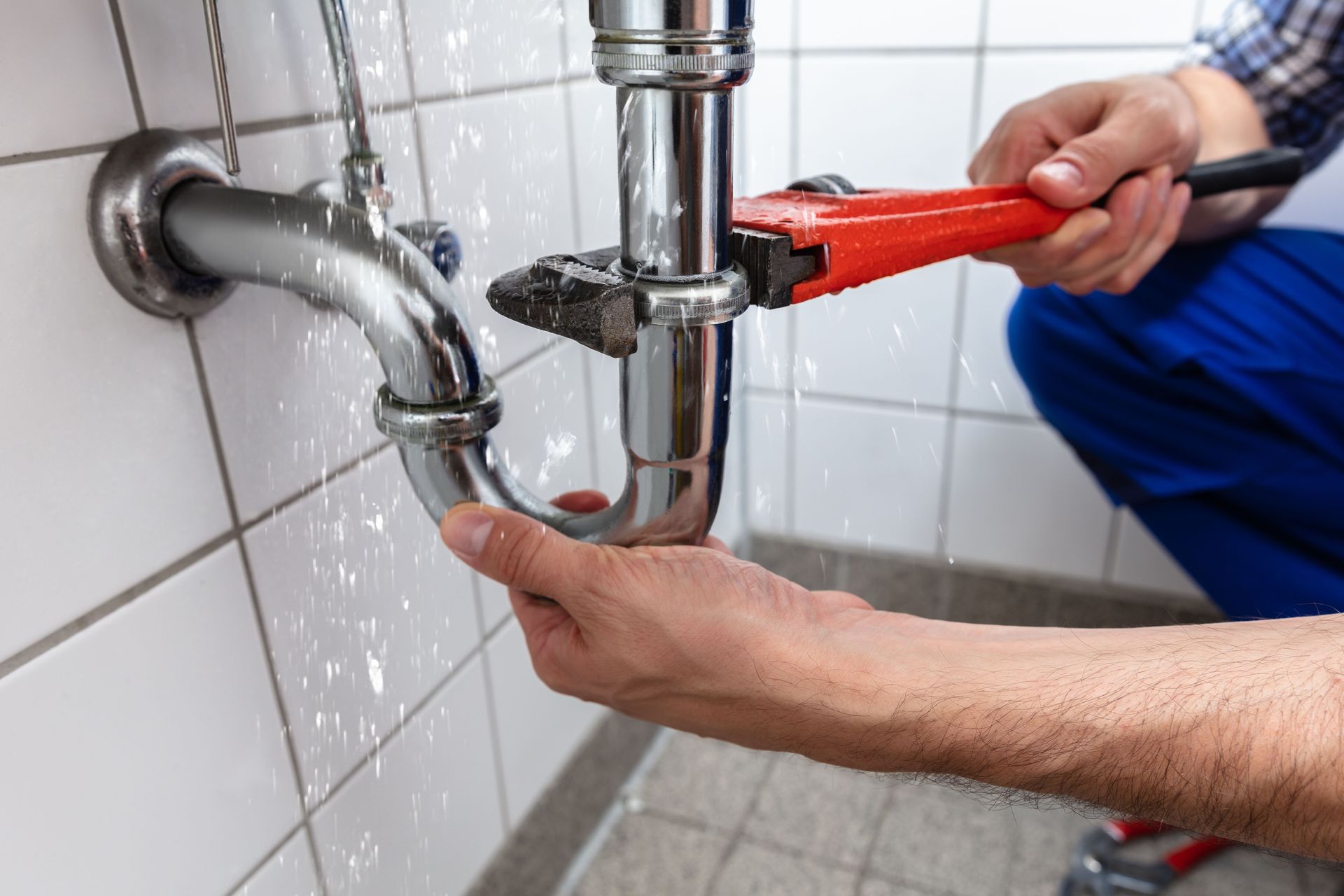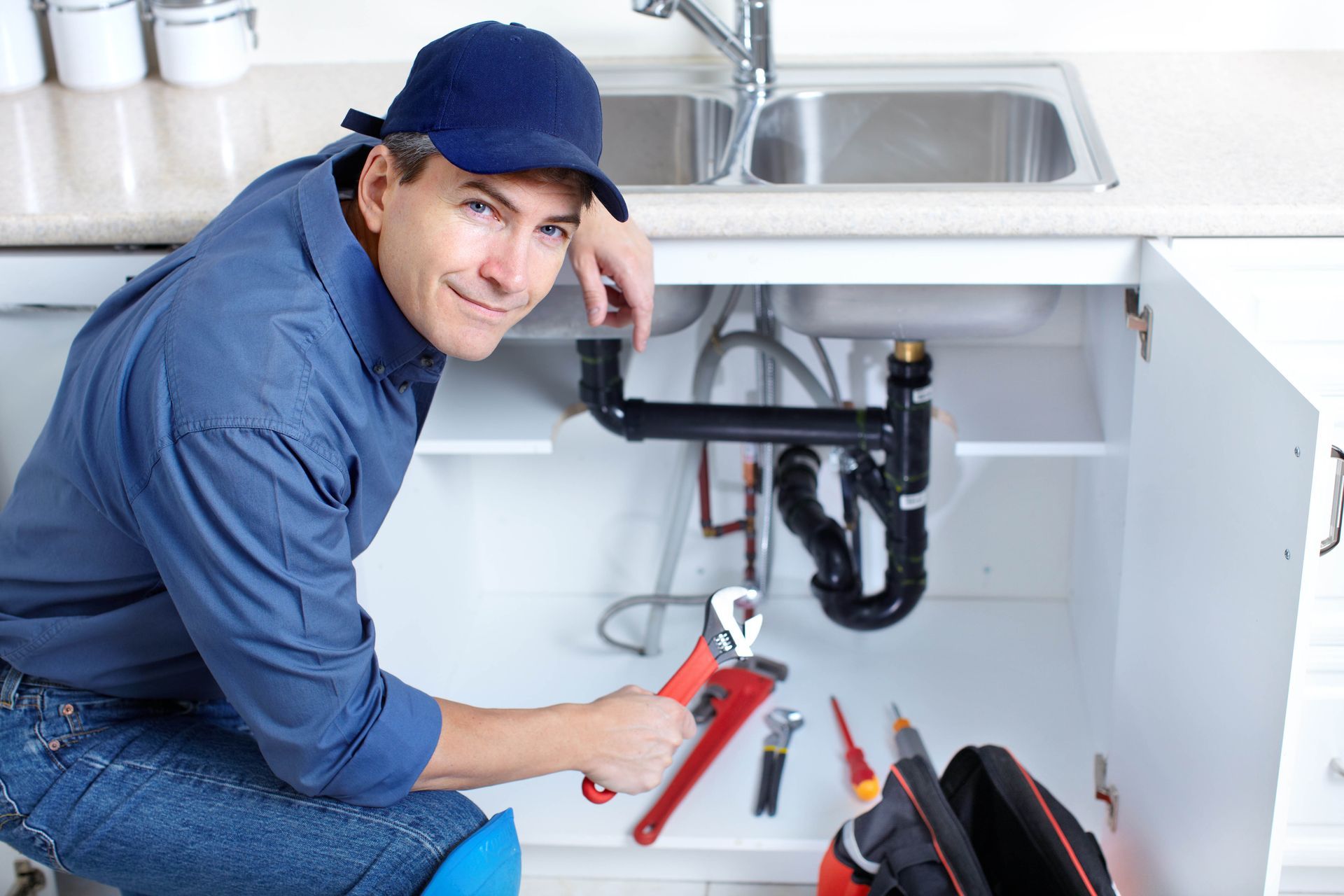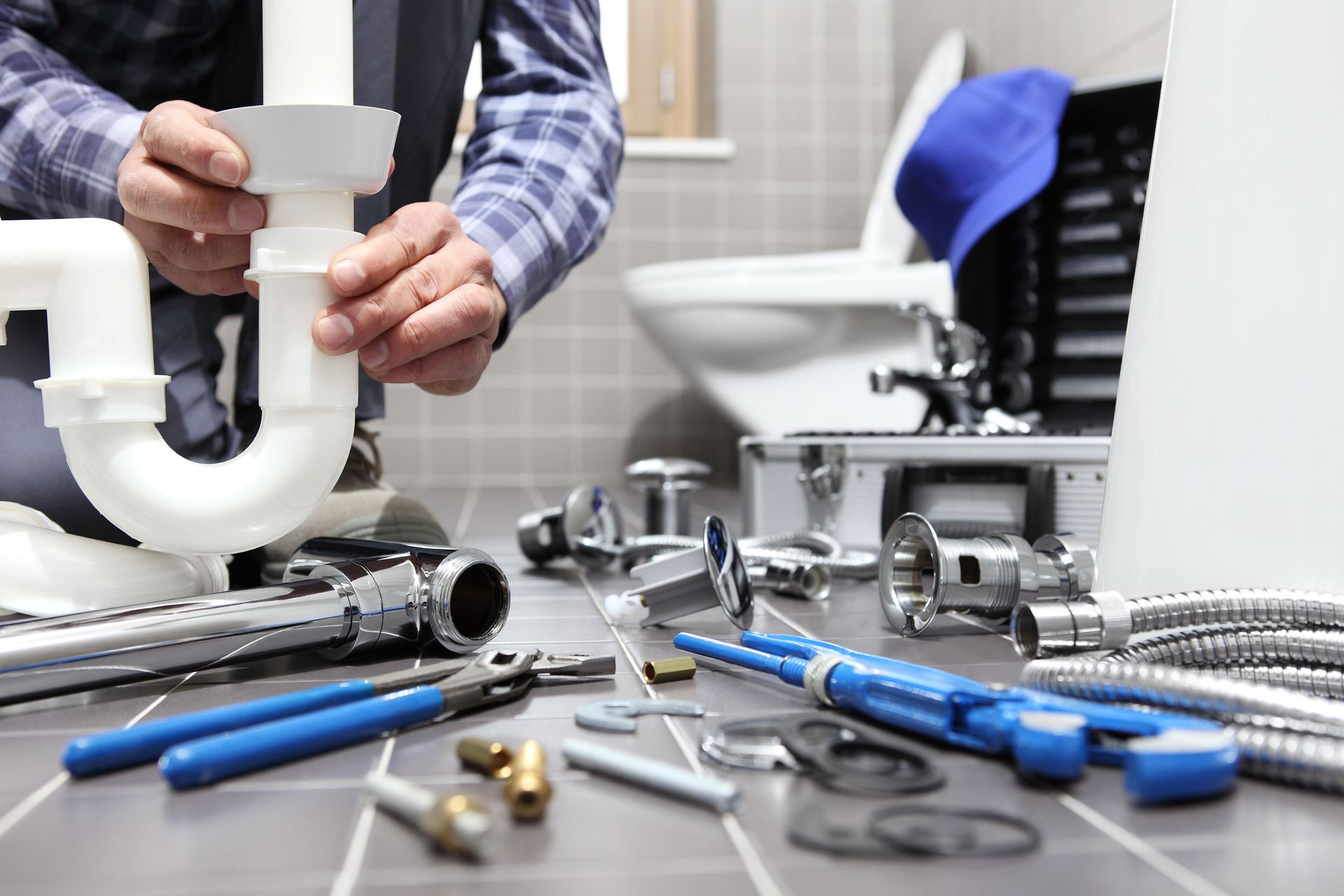8 Signs You Need to Replace Your Water Heater
Replacing a water heater isn’t something most homeowners think about until a cold shower forces the issue. But being proactive can save you time, money, and stress down the road. Aging components, poor efficiency, water discoloration, and strange noises are just a few warning signs that your system may be on its last legs. Spotting the early indicators gives you the opportunity to research options, avoid emergencies, and get the right plumbing service lined up before it's too late. Let’s explore the most common signs that your water heater is due for replacement, and what to do next.
1. Know When Age Becomes a Factor
One of the clearest signs that you need to replace your water heater is simply its age. According to The Spruce, traditional tank water heaters usually last between eight and 12 years, while tankless models can have a lifespan of up to 20 years. If your system is approaching or has exceeded that range, it’s time to consider your options.
The age-related decline affects everything from efficiency to reliability. Older systems often struggle to maintain consistent temperatures, and over time, corrosion and sediment buildup become inevitable. Even if it’s still technically running, the unit may be costing more than it should in terms of energy usage and repairs.
Staying on top of annual inspections from a reliable plumbing service can help track the condition of your unit. That way, you’re not blindsided when performance dips or failures occur. Timely replacement can spare you from serious disruption.
2. Weigh the Cost of Constant Repairs
An occasional repair here or there might not be cause for alarm, but if you’re scheduling multiple service calls in a year, it could mean your system is on borrowed time. In many cases, homeowners spend hundreds on recurring problems when that money would be better invested in a new unit.
Persistent issues like ignition failures, thermostat glitches, and worn-out heating elements usually indicate that the system’s internal parts are breaking down. Eventually, the fixes don’t stick or aren’t worth the cost.
Any experienced plumbing service will help you evaluate whether another repair makes sense or if you’re throwing money at a losing battle. Getting a professional opinion can give you peace of mind and a realistic timeline for replacement.
3. Notice Drops in Efficiency and Performance
If you’ve noticed your water doesn’t stay hot as long as it used to, or takes much longer to warm up, it could be a sign that your water heater is losing efficiency. These changes can sneak up gradually, making them easy to overlook until bills rise or frustration grows.
Older systems have to work harder to deliver the same results. The strain causes parts to wear out faster and utility bills to spike. When paired with inconsistent temperature control, this signals a need for evaluation and potentially a full upgrade.
Newer models often include better insulation and higher Energy Factor (EF) ratings. A trusted plumbing service can help you compare the efficiency of your current unit against newer, more cost-effective options that can reduce monthly expenses.
4. Watch for Rust and Corrosion
Seeing reddish-brown water come out of your taps is a strong indication that there’s internal corrosion in your tank. Rust can also form around fittings, valves, and seams, signaling that the structure of your heater is breaking down from the inside out.
Left untreated, corrosion can lead to leaks or even a tank burst. This type of failure can cause extensive water damage and require emergency cleanup and pipe work. It’s far more cost-effective to plan a replacement before things reach that point.
Preventative maintenance can slow corrosion, but once it sets in, no repair will completely reverse the damage. A reputable plumbing service will inspect the tank, anode rod, and other components to confirm whether rust is surface-level or symptomatic of a bigger issue.
5. Pay Attention to Water Discoloration
Water should always run clear from your faucets. If it appears cloudy, dirty, or has a strange odor, it may be more than just a plumbing nuisance. It could be tied directly to the failing performance of your water heater.
Discoloration is often caused by sediment, bacteria, or rust particles in the system. It not only affects how your water looks but can also lead to problems with taste, hygiene, and appliance performance.
Regular flushing and inspections can help keep buildup in check, but repeated issues likely point to a failing unit. A qualified plumbing service can test the water quality and trace the problem back to its source, helping you decide if a replacement is the right fix.
6. Take Strange Noises Seriously
Popping, banging, or rumbling noises are common in older water heaters and usually indicate significant sediment buildup at the bottom of the tank. As this material hardens, it creates a barrier between the burner and the water, reducing heating efficiency and increasing stress on the tank.
These noises aren’t just annoying, they’re warning signs. They suggest the system is straining, overheating, or at risk of cracking due to uneven heat distribution. In time, the added pressure can lead to leaks or full system failure.
Consulting a plumbing service is your best bet for a clear diagnosis. They’ll be able to tell you whether a thorough flush can restore quiet operation or whether replacement is the better long-term solution.
7. Monitor for Leaks
A leaking water heater, no matter how small, is never a good sign. Even a slow drip can indicate failing seals or internal corrosion. If moisture appears around the base, the tank itself may be compromised.
Leaks tend to worsen over time and can cause mold, mildew, and structural water damage. While tightening connections or replacing a valve might offer a short-term fix, persistent leakage usually calls for a new unit.
Prompt inspection by a skilled plumbing service is essential. They’ll assess whether the leak is coming from a pressure valve, pipe connection, or the tank body and recommend a course of action that minimizes risk and expense.
8. Factor in Lifestyle and Home Upgrades
Sometimes your water heater isn’t failing but just can’t keep up anymore. If your household has grown or you’ve added a bathroom, you might outpace the system’s capacity. Similarly, upgrading appliances or switching to high-efficiency showerheads can affect water demand and performance.
In these cases, a replacement might be less about repair and more about right-sizing. Tankless systems or larger-capacity tanks may better suit your new needs, offering better reliability and efficiency.
Discussing your household usage patterns with a plumbing service ensures that your replacement system will match your current lifestyle. They can help guide the selection process, accounting for your family’s size, water usage, and energy goals.
Recognizing when your water heater is due for replacement isn’t always obvious, but acting early can save you stress, money, and damage to your home. If you’ve noticed any of the warning signs above, it may be time to call in the pros. A licensed
plumbing service can help evaluate your current setup, diagnose problems accurately, and guide you toward a solution that meets your needs.
Mid County Plumbing LLC has proudly served Southeast Texas for over 50 years. Locally owned and operated, we offer licensed and insured plumbing services with free estimates and fast response times. Whether you need a new water heater, repairs to gas or sewer lines, backflow testing, drain cleaning, slab leak solutions, or new construction plumbing, our experienced team is here to help. Trust Mid County Plumbing LLC to keep your hot water flowing safely, efficiently, and reliably.





Share On: